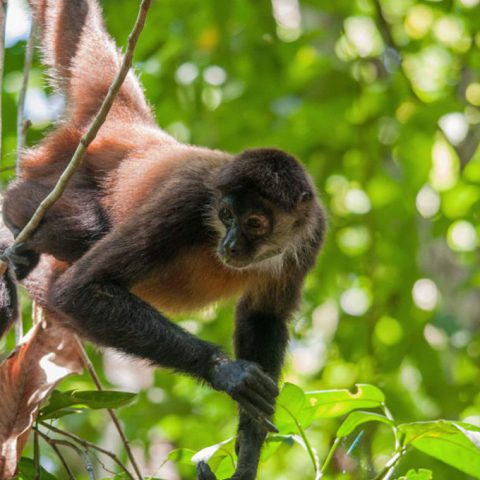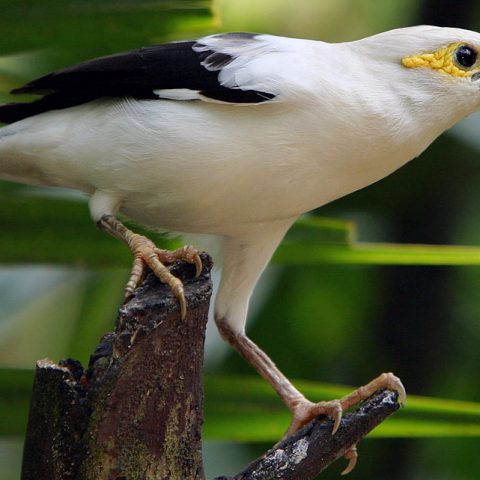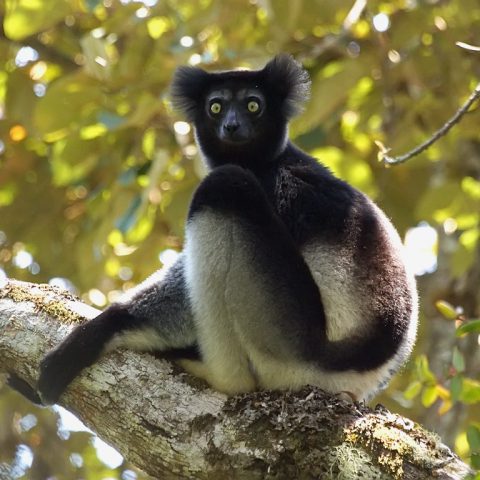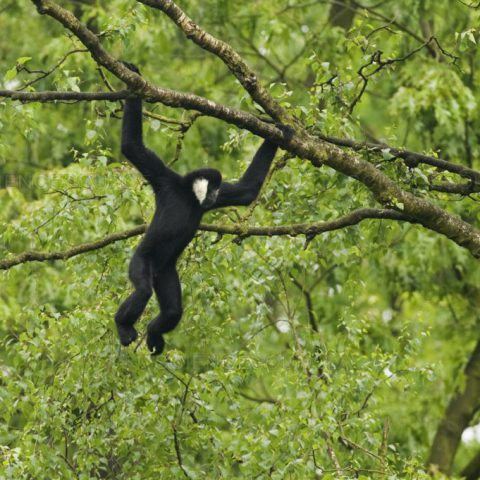Kouprey
![]() Critically Endangered
Critically Endangered
Population
The Kouprey is a species of wild cattle and one of the world’s most endangered mammals. This “forest ox” is basically extinct although it is the national animal of Cambodia. There is an estimated small population of less than 50 mature individuals in Cambodia.
Size
The Kouprey is very big and the height at shoulder measures in from 1,7m to 1,9m and their head and body length is anything between 2,1m to 2,2m. Their tails are about 100cm.
Weight
The male is bigger than the female. The Kouprey weighs on average anything between 600 – 900kg. The lifespan of the Kouprey is believed to be on average 20 years.
Countries
Cambodia
Distribution
The species was found in southern Laos, southeast Thailand, western Vietnam and Cambodia. Sightings have not been confirmed and it is believed the last Kouprey might only be found in Cambodia. The Kouprey has not been observed since 1988. The occasional finding of tracks and skulls for sale in local markets indicates that a very small population still persists. There are no Koupreys in captivity.
Description
Young Kouprey bulls are grey, old bulls are entirely black and females are mouse grey or light brown. The young are reddish in colour and they have lighter coloured legs. The males have a dewlap, this is a skin fold that hangs from the neck. The male’s horns are about 80cm in length, it splits and fray from about three years old and the horns are wide and arch forward and upward. The male Kouprey dig into the ground and thrust into tree stumps, this cause the fraying of the horn tips, but despite this their horns continue to grow. The female’s horns are about 40cm and they spiral upwards. The Kouprey have tall, narrow bodies, with long legs and humped backs.

Quick Facts
The Kouprey mate in the spring and give birth in the winter. The gestation period is 8 to 9 months and the female will leave the herd to give birth. She will return after a month with one offspring. The female will provide care by producing milk, grooming the offspring and protecting it from danger. The female leads the herd. The herd of female and offspring average about 20 per herd, the bulls join in the dry season. The Kouprey is very alert and they run as gracefully as a deer. They move at a light trot as fast as 32kph.
The Kouprey is herbivores and they eat mainly grasses. They also frequent salt licks and water holes.
The Kouprey are found in open forests and savannas near thick monsoon forests. This kind of habitat is formed by natural forest disturbances and slash-and-burn agriculture. The Kouprey have adapted to a nocturnal lifestyle. They retreat during the daytime into the forests and graze in the fields at night. They can roam up to 15 km at night while grazing.
Humans are the only known predator for the Kouprey. Wars contributed to the decline of the Kouprey population. Logging and agricultural development is a big threat to their habitat. Hunting for subsistence, medicine and for trade is however the biggest threat. Their skulls and horns are offered for sale at very high prices in local markets.
Conservation Efforts
The IUCN Red list considers the Kouprey as critically endangered, possibly extinct due to the surge in markets for bush meat and trophies. WWF has various conservation efforts in place to preserve the species and their habitat and to curb the illegal wildlife trade. Extensive research, if a viable Kouprey herd can be found, is needed to fully understand the Kouprey and their genetics to create a sustainable long term conservation plan.







